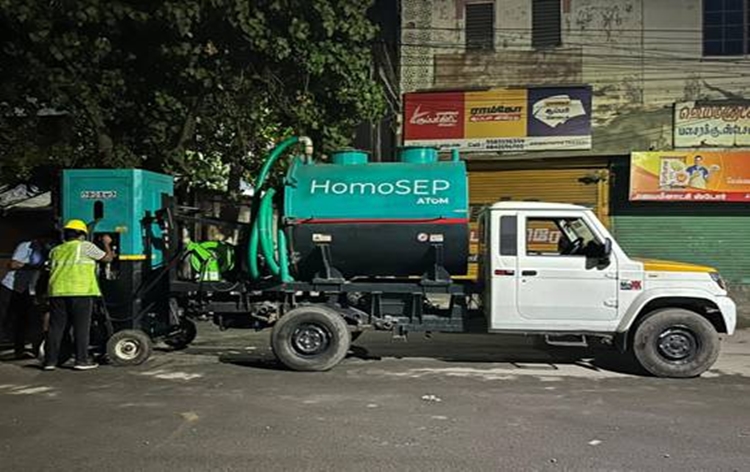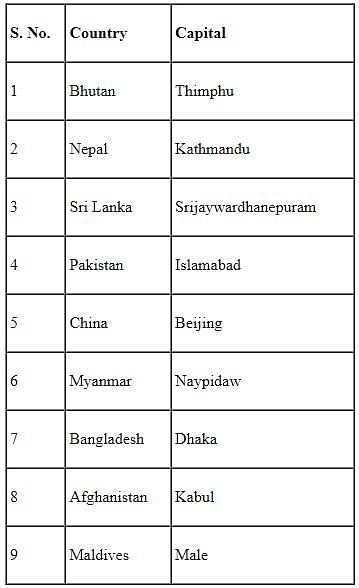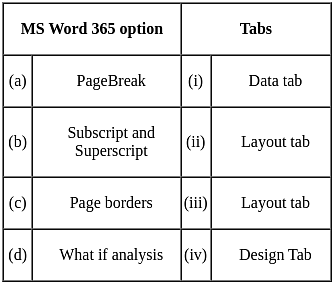BPSC AE Civil Paper 3 (General Studies) Mock Test - 2 - Civil Engineering (CE) MCQ
30 Questions MCQ Test - BPSC AE Civil Paper 3 (General Studies) Mock Test - 2
Which of these operating system is used in Apple iPhone 15?
What is the name of the 3D-printed rocket engine that NASA successfully tested?
| 1 Crore+ students have signed up on EduRev. Have you? Download the App |
What is the name of India's fastest solar-electric boat launched in December 2023?
Match the following passes and mountain ranges.

What is the name of India's first septic tank cleaning robot?
Consider the following statements regarding the features of NISAR Satellite:
- The S-band payload has been made by the US and the L-band by the ISRO
- It can completely map earth in 14-15 days and capable of monitoring the vegetation cover and snow cover
Which of the above statements is/are correct?
Match the following countries with their capitals:

Match the position of the image obtained with the position of an object placed in front of a convex lens.

Salt is used as a preservative in pickles because it :
Which of the following quantities have both direction and magnitude?
Which of the following is called "wood spirit"?
Which of the following symbols refers to programs, applications, or a shortcut to an item, file, or program on a computer in Windows XP?
A liquid drop, contracts because of the attraction of its particles and occupies the smallest possible area. This phenomenon is known as -
Which of the following keyboard shortcuts is used to copy content to the clipboard?
Vacuum tube is a feature of which generation of computers?
A block is submerged partially in water and remaining 1/3 part is outside the water level, then the density of the block is-
What kind of change occurs when electricity is passed through water (electrolysis)?
Who was the first Asian to head a global bank?
Which of the following is NOT a unit of electric potential?
Which of the following is unrelated with Harrod Domar Model?
Identify the statements given below as true or false.
(i) The 'Taskbar' is the thin blue bar at the bottom of the desktop and contains the Start menu and Quick Launch bar on the Windows XP desktop.
(ii) The notification area is a part of the taskbar that provides a temporary source of information and status.
(iii) The Control Panel in Microsoft Windows XP is used to configure system-level features and perform related tasks.
What is the purpose of Project PARI initiated by the Ministry of Culture?
Which of the following is an example of capital receipt?
What is India's global ranking in Generative AI patents, according to recent data?
Who has assumed the presidency of the Financial Action Task Force (FATF) from July 2024?
Which of the following is not a stringed musical instrument?
Which of the following options is used to save the file in CSV format in MS Excel 365?

























